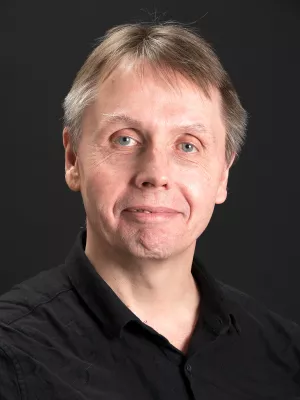
Michael Edgerton
Professor

Multiple Sound Sources of the Vocal Tract.
Author
Editor
- Ingo Titze
Summary, in English
This paper will discuss multiple sound sources of the vocal tract, focusing specifically on one type of multiple sound source, that of (imitated Tibetan) chant. First I will present a physiological outline of multiple sound sources, in order to better understand chant as just one of the many types of multiple sound sources that composers and performers might utilize. The main body of the paper will then describe a collaborative study between Drs. Khidr, Bless and the author, which is designed to quantify the physiologic and acoustic parameters of chant. By doing so, this paper will attempt to merge current musical compositional imperatives with current scientific rigor and rationale. Ultimately, this cross-disciplinary work will impact both voice science and musical expression as much more needs to be learned regarding the limits of the voice. Compositionally, the value for introducing scientific rigor into the world of new music has been well understood by those associated with electronic and computer music, acoustic modeling and design, or for composers exploring the limits of expression associated with the extensions of performance technique. However, the voice has been treated much with the same musical aesthetic and principles of phonation that existed during the 18th and 19th centuries. So that while instruments have incorporated multiphonics, complex (noise-based) frequency signals, and transient gestures, the voice has remained, for the most part, the carrier of simple melodic formuli. Therefore, this paper will suggest that by knowing the limits of the voice and what is pedagogically safe, contemporary performance/compositional practices will begin to explore and expand upon the current trends of positing simple solutions when approaching the voice.
Department/s
- Teachers (Malmö Academy of Music)
Publishing year
1999-04
Language
English
Pages
131-140
Publication/Series
Status and Progress Report
Document type
Report chapter
Publisher
National Center for Voice and Speech
Topic
- Music
- Otorhinolaryngology
Status
Published
Project
- Artistic Research focused on extra-normal voice
- voice research
Report number
13